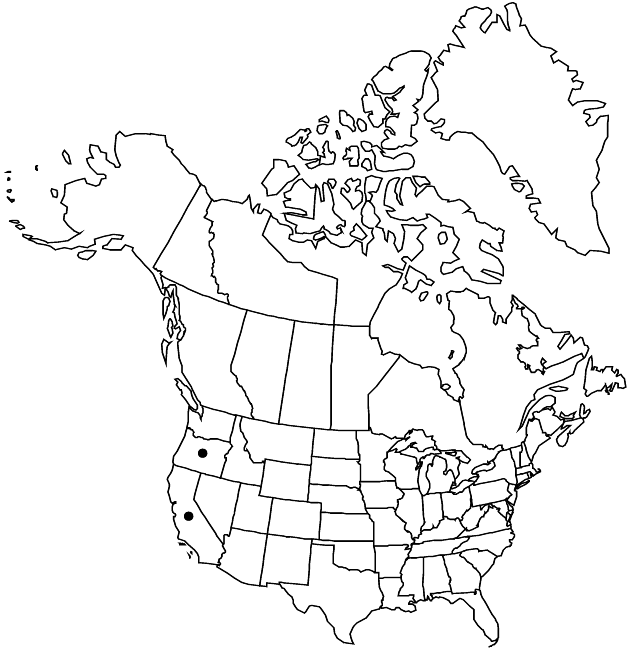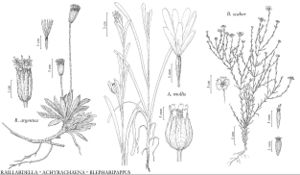Difference between revisions of "Achyrachaena mollis"
Index Seminum (Bratislava) 1837: [3]. 1837.
FNA>Volume Importer |
imported>Volume Importer |
||
| (One intermediate revision by the same user not shown) | |||
| Line 8: | Line 8: | ||
}} | }} | ||
|common_names=Blow-wives | |common_names=Blow-wives | ||
| + | |special_status={{Treatment/ID/Special_status | ||
| + | |code=F | ||
| + | |label=Illustrated | ||
| + | }} | ||
|basionyms= | |basionyms= | ||
|synonyms= | |synonyms= | ||
| Line 46: | Line 50: | ||
|publication title=Index Seminum (Bratislava) | |publication title=Index Seminum (Bratislava) | ||
|publication year=1837 | |publication year=1837 | ||
| − | |special status= | + | |special status=Illustrated |
| − | |source xml=https:// | + | |source xml=https://bitbucket.org/aafc-mbb/fna-data-curation/src/2e0870ddd59836b60bcf96646a41e87ea5a5943a/coarse_grained_fna_xml/V19-20-21/V21_636.xml |
|tribe=Asteraceae tribe Heliantheae | |tribe=Asteraceae tribe Heliantheae | ||
|subtribe=Asteraceae (tribe Heliantheae) subtribe Madiinae | |subtribe=Asteraceae (tribe Heliantheae) subtribe Madiinae | ||
Latest revision as of 21:13, 5 November 2020
Leaf blades 2–15 cm × 1–7+ mm. Phyllaries 10–20 mm. Ray corollas inconspicuous, laminae usually erect, sometimes spreading, 4–7 mm. Disc corollas 6–10 mm. Cypselae black, 4.5–9 mm; pappi (disc) of 5 outer scales 3–9 mm plus 5 inner scales 6–13 mm. 2n = 16.
Phenology: Flowering Mar–Jun.
Habitat: Grassy, often wet sites, usually with clay-rich soils
Elevation: 0–900 m
Distribution

Calif., Oreg., Mexico (Baja California).
Discussion
Achyrachaena mollis grows in low-elevation grasslands, savannas, and open woodlands throughout the California Floristic Province and occurs with vernal tarweeds of the genus Layia. During flowering, pappus scales of each disc floret form cylinders (imparting a honeycomb-like appearance to apices of heads); they are widely spread in fruiting heads. The species is self-compatible and is not known to hybridize with other tarweeds.
Selected References
None.
